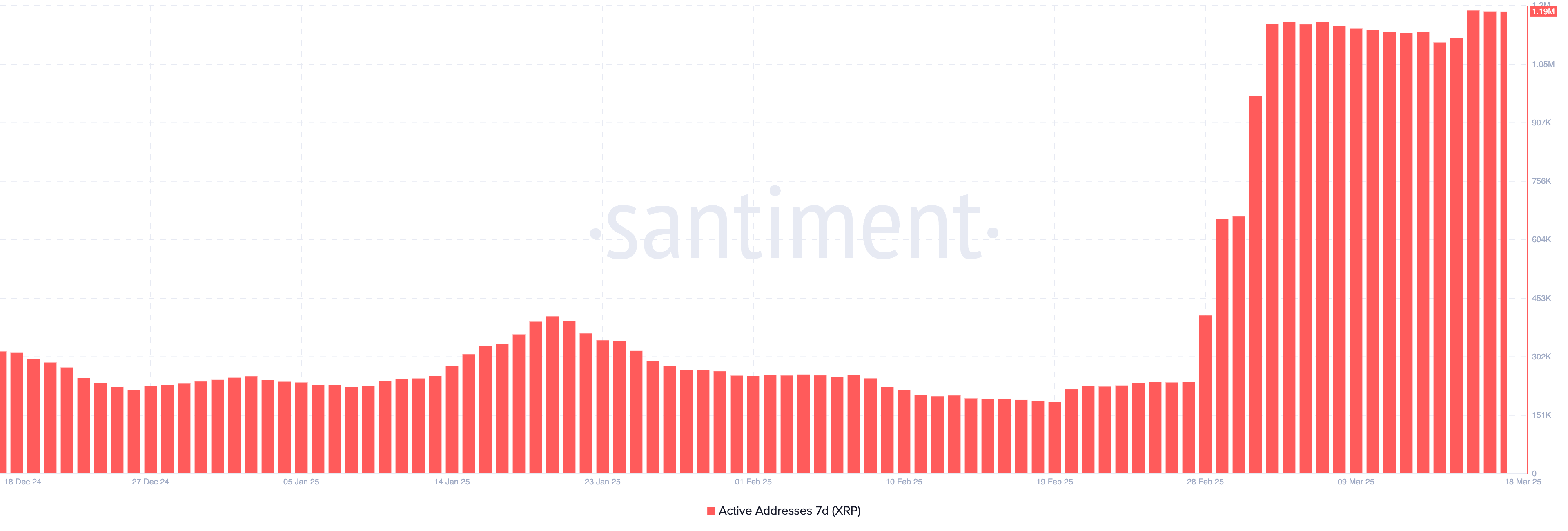The Pound Sterling (GBP) started the week on a positive note against the US Dollar (USD), buoyed by increasing expectations of a Federal Reserve interest rate cut next week. Market participants are largely convinced the Fed will lower its key borrowing rates by 25 basis points (bps) to 4.25%-4.50% at its December 18th meeting. This sentiment is reflected in the CME FedWatch tool, where the probability of a rate cut has jumped from 62% to 83% in just one week.
However, despite the strong Fed rate cut bets, the US Dollar Index (DXY) remained relatively unfazed, hovering near 106.20. This seemingly contradictory behavior might be explained by the recent US Nonfarm Payrolls (NFP) data release. While the economy added a higher-than-expected 227,000 jobs in November, the Unemployment Rate ticked up to 4.2%, and Average Hourly Earnings grew faster than anticipated. These factors could be keeping the Dollar afloat, as investors weigh the potential for continued economic strength against the prospect of lower interest rates.
Adding to the intrigue, Federal Reserve Governor Michelle Bowman threw a curveball on Friday by expressing support for a cautious approach to rate cuts, citing concerns about elevated inflation. This statement underscores the delicate balancing act the Fed faces – stimulating economic growth while curbing inflation.
Investors are now turning their attention to the release of the US Consumer Price Index (CPI) data on Wednesday for further clues on inflation. Headline CPI is expected to reach 2.7%, up from the previous reading of 2.6%. Meanwhile, core CPI, which excludes volatile food and energy prices, is projected to remain steady at 3.3%.
Pound Sterling Cautious Despite Gains
Across the pond, the Pound Sterling exhibited a more cautious stance. While it appreciated against most major currencies except Asia-Pacific ones, concerns about persistent inflation in the UK are tempering its advance. The Bank of England (BoE) is expected to take a more gradual approach to monetary easing compared to the Fed, given worries about domestic price pressures.
BoE Monetary Policy Committee member Megan Greene and Governor Andrew Bailey both highlighted the bank’s commitment to bringing inflation down to its 2% target. While Bailey expressed confidence in the disinflation process, recent data from the Recruitment and Employment Confederation (REC) suggests a potential economic slowdown. The REC reported a decline in employer demand for staff following the UK government’s budget announcement, which raised Employer’s National Insurance Contribution (NIC).
Technical Outlook: GBP/USD Aims for 1.2800
From a technical standpoint, the GBP/USD pair is aiming to recapture the key resistance level of 1.2800. It currently finds support around the 20-day Exponential Moving Average (EMA) of 1.2720. The 14-day Relative Strength Index (RSI) oscillating between 40.00 and 60.00 indicates a neutral trend. On the downside, the pair might find support near the upward-sloping trendline around 1.2500, established since the March 2023 low. Conversely, the 200-day EMA will act as a significant hurdle to the upside.











